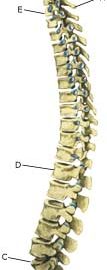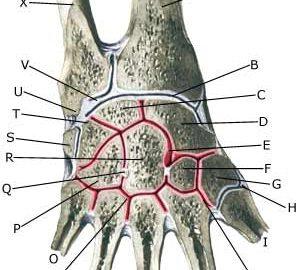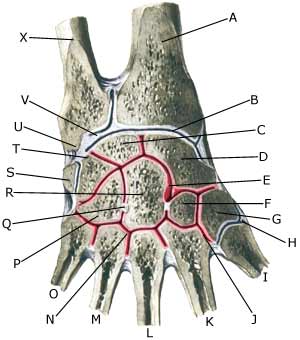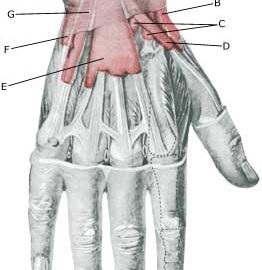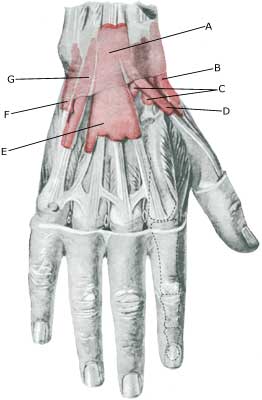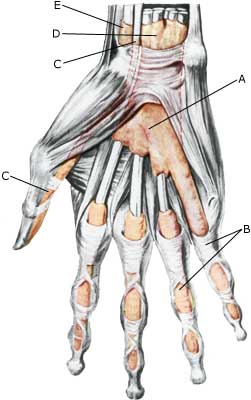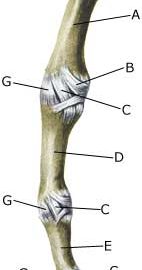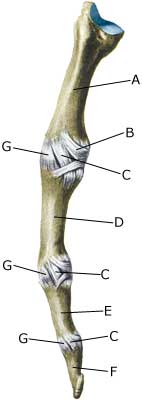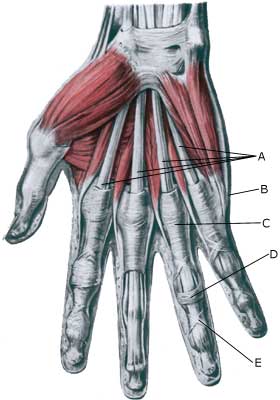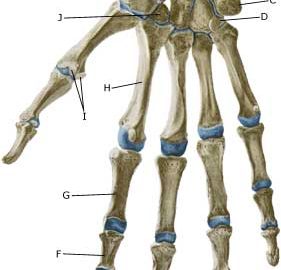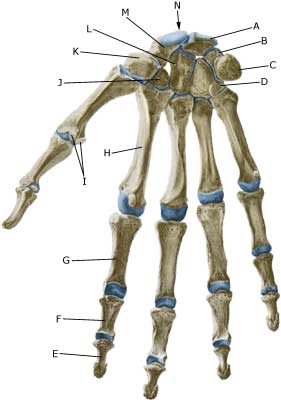Cause: Visual disturbance following a blow to the eye can be due to an injury to the eyeball, optic nerve or the brain. Symptoms: Visual disturbance in the form of double vision, blurred vision, loss of visual field, newly arisen spots in front of the eyes, pain, bleeding on the outer part of the eyeball (both in the white (conjunctiva) and the anterior chamber of the eye at the pupil (hyphaema)), change in the shape of the pupil as well as stinging and irritation sensations in the eye (article-1),(article-2). Acute treatment: Click here. Examination: In all cases where the visual disturbance does not slowly disappear, with bleeding in the anterior chamber (hyphaema), and with loss of visual field, medical examination should be performed (possibly by specialist eye doctor) at the earliest opportunity. Treatment: Treatment usually consists of rest and relief. Some serious eye injuries can require medicinal (rarely surgical) treatment. Rehabilitation: Normal sports activity can usually be resumed as soon as the symptoms have disappeared. Prevention: More widespread use of helmets in different sports will unquestionably reduce the number of eye injuries. |

